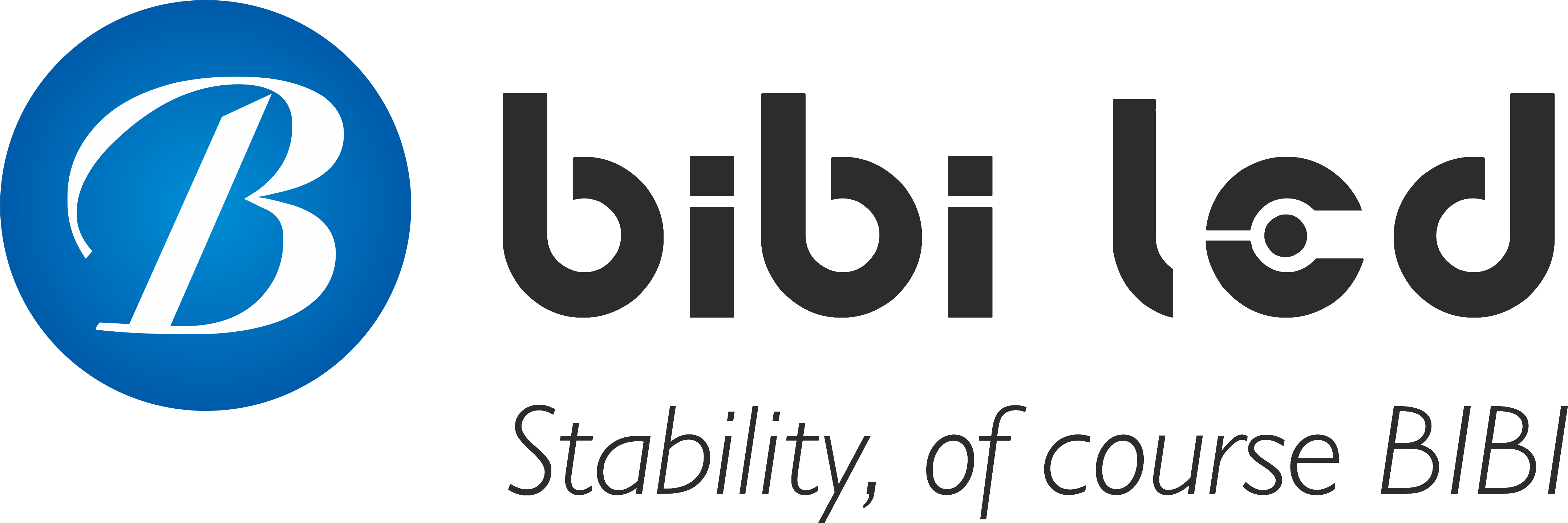Introduction
In the crowded transportation hubs, countless eyes pass by every day. How to leave a deep impression in this brief encounter? LED display, as a “super weapon” of modern publicity, is quietly changing all this.
Table of Contents
1. Publicity needs and characteristics of transportation hubs
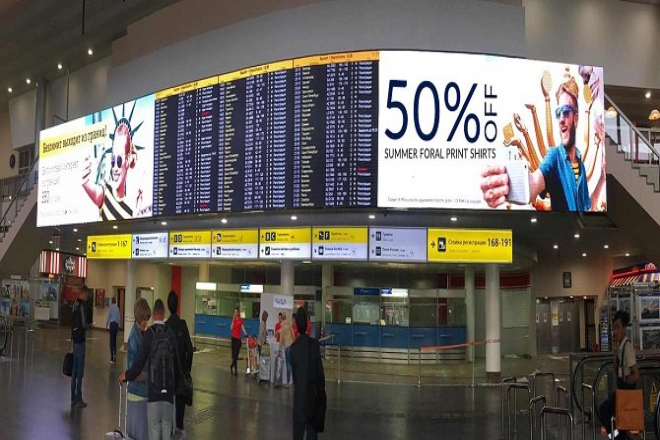
1). High traffic density and high efficiency of information dissemination
Transportation hubs, such as airports, railway stations, and subway stations, are really crowded places. Thousands of people come and go here every day.
Not to mention the airport, large airports can have tens of thousands of passengers a day.
These people come from all over the world and go to different places, but they all stay in the same place for a short time.
This brings huge opportunities for publicity. Imagine if you put a poster in the subway station or play a video on the screen at the airport; how many people will see it?
And these people change every day, so your publicity information can be seen by more different people.
This kind of high-traffic place is simply the “golden location” for publicity.
Since there are so many people in the transportation hub, how can we make the promotional information spread quickly?
First, we have to use multiple methods together.
For example, in the subway station, you can see electronic screens scrolling advertisements, posters on the wall, and sound on the radio.
These different methods can take care of the preferences of different people.
Some people may like to watch videos, while others may prefer to listen to the radio. Secondly, the promotional content must be adjusted according to time and place.
For example, in the morning, when everyone is in a hurry to go to work, it is definitely more popular to promote some breakfast shops or commuter routes at this time.
In the evening, everyone may want to relax, and it is more appropriate to promote some movie ticket discounts or restaurant information at this time.
Finally, you can also do something interactive. For example, post a QR code in the station, and you can enter a lottery by scanning the code or playing games to win coupons.
In this way, everyone will take the initiative to scan the code, and the promotional information will be spread.
2). Challenges of audience diversity and precise positioning
The people in the transportation hub are really diverse. There are old people, young people, and children.
There are local office workers, tourists from other places, and even international friends.
People of different ages like different things. For example, the elderly may prefer to see clear posters, while young people may prefer interesting videos.
People of different professions also focus on different things. Office workers may be more concerned about how to commute faster, while tourists may want to know where to have fun and where to eat.
People from different regions also have different needs. Locals may pay more attention to local activities, while outsiders may need more traffic guides.
This diverse audience is both an opportunity and a challenge for publicity.
Since the audience is so complex, publicity must be “targeted”. First, it can be promoted according to different places.
For example, in the international arrival area of the airport, more information about tourist routes or duty-free shops can be promoted.
At the commuter line station of the subway station, some office recruitment information or surrounding commercial activities can be promoted.
Secondly, the publicity content can be adjusted according to different time periods.
For example, on weekday mornings, promote some breakfast discounts or commuting information; on weekends, promote some tourist attractions or entertainment information.
Finally, some high-tech means can be used. For example, through mobile phone applications, according to the user’s travel habits, push relevant traffic information or coupons to them.
In this way, everyone sees the content they are interested in, and the effect of the promotion is naturally better.
2. Technical advantages and promotional characteristics of LED display screens
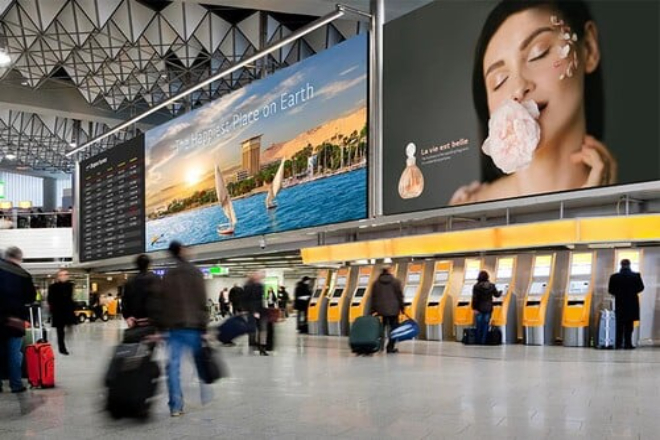
1). High brightness and high-definition visual impact
The LED display screen is like a very bright “big TV”. Whether it is strong in the sun during the day or dim at night, it can clearly display the content.
And the picture is very delicate, just like a high-definition movie. In places with complex lighting, such as transportation hubs.
Such as subway stations, where the lights are bright and dim for a while, or various lights are mixed together in the airport hall, LED displays can also make people see clearly.
This bright and clear screen is like a super attractive “visual hook” that can grab the attention of passers-by at once.
For example, if there is a colourful and animated advertisement scrolling on the LED screen, it is easy for people to take a few more glances, and the content of the promotion can be deeply imprinted in the audience’s mind.
2). Flexibility and real-time update capability
The content of the LED display is super convenient to update, just like changing the wallpaper of a mobile phone.
Just operate it on a computer or mobile phone, and the content on the screen can be changed immediately.
This flexibility is particularly suitable for places such as transportation hubs where the promotional content needs to be adjusted at any time.
For example, you can broadcast commuting-related advertisements in the morning, change to catering discount information at noon, and change to entertainment activities in the evening.
Moreover, its real-time update function is particularly powerful in dealing with emergencies.
For example, if it suddenly rains heavily, the airport has to remind passengers that the flight is delayed.
Or the subway station has to notify passengers of route adjustments, and the LED display can immediately switch to the emergency notification screen to deliver important information in time, making the promotion more flexible and efficient.
3. Layout strategy of LED display screens in transportation hubs
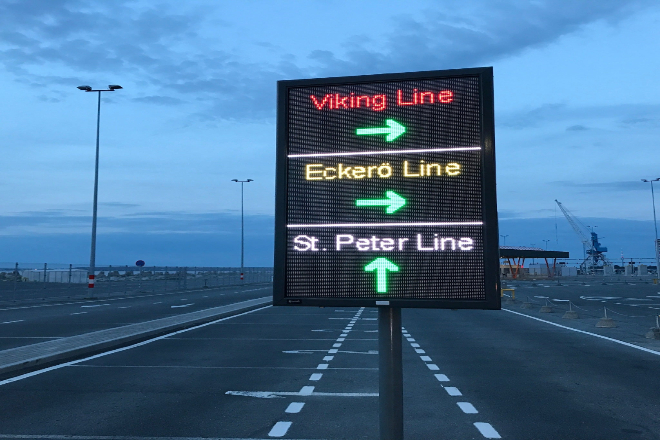
1). Selection and layout of key locations
In transportation hubs, some places are simply the “golden locations” for promotion. For example, the waiting hall is where passengers wait for buses and planes.
Everyone will stay here for a while, so putting an LED display here will definitely have a good effect.
There is also a security checkpoint. Although everyone queues for security checks for a short time, it is also a necessary path. As long as the screen content is attractive, it will definitely catch everyone’s attention.
Another example is the passage, especially those longer passages, where passengers can be attracted while walking and watching.
In short, choosing these key locations can make the publicity effect more effective.
However, it is not enough to just choose the right location. It must be reasonably arranged according to the direction and stay time of the flow of people.
For example, in the waiting hall, passengers may wait in a certain area, so several LED displays can be concentrated in this area to form a “small publicity square”.
If it is in the passage, it is necessary to consider the speed of everyone’s walking and place a screen at a certain distance so that everyone can see the publicity content many times when passing by.
In short, every passenger should be able to see the publicity at the right time and in the right place so as to maximize the publicity effect.
2). Screen combination and synergy
If there is only one LED display, the promotion effect will definitely be limited. But if multiple screens are combined, it will be more powerful.
For example, cluster display can be used to put several screens together to form a large promotion area.
This can display richer content, such as one screen for text introduction, another screen for pictures, and another screen for videos. The combination will definitely be much better than a single screen.
You can also use a tandem display method to distribute several screens in different locations, such as one at the entrance, middle and exit of the channel.
In this way, when passengers pass by, it is like watching a continuous story. The first screen attracts their attention first, and the middle screen further introduces the content.
The last screen will make a summary or guide them to a certain place. This tandem method can make the promotional content more coherent and better guide the behaviour of passengers.
Of course, the content coordination between different screens is also very important.
For example, if an event preview is placed on the screen at the security checkpoint, detailed information about the event can be displayed on the screen in the waiting hall.
Or guide passengers to the event site on the screen in the channel. Through this kind of interaction, the promotional content can be made more three-dimensional, and the overall promotional influence can be enhanced.
In short, multiple screens combined together are like a promotional “small team”. Only by cooperating with each other can the greatest effect be achieved.
4. Promotional content design and audience acceptance of LED display screens
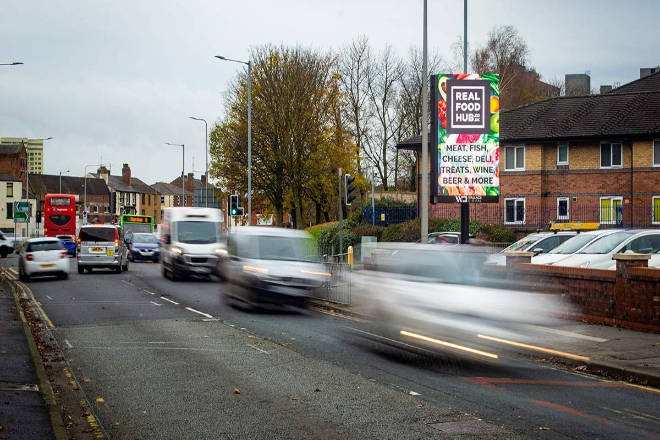
1). Diversification and attractiveness of content forms
The promotional content displayed on the LED display screen can be rich and diverse in form so as to catch the audience’s attention.
For example, you can use videos, pictures, texts, and even animations to combine and display.
Videos are the most attractive because they have sound and pictures and can move, just like watching a movie. Pictures are also very important.
A high-definition, colourful picture can instantly catch the audience’s attention.
Text is also necessary. It can convey specific information, but the text must be concise and clear. Don’t write a long article. The audience will not have the patience to read it.
To make the content more attractive, you have to work hard on creative design.
For example, you can use some interesting animation effects to make the picture move or use some unique visual effects, such as light and shadow changes, gradient colours, etc.
This not only attracts the audience’s attention but also makes them feel fresh and avoids visual fatigue.
For example, you can design an advertisement to make the product “fly” on the screen or let the text “flow” like a waterfall.
This creative design will definitely make the audience’s eyes light up.
2). Simplicity and effectiveness of information transmission
When displaying promotional content on an LED display, time and space are limited, so the information must be concise and clear.
Don’t think about cramming all the content in at once because the audience doesn’t have that much time to read it.
For example, you can summarize the core selling point of the product in one sentence or use a simple chart to display the information. This way, the audience can understand it at a glance, and it is easy to remember.
The hierarchy of information is also very important. You can put the most important information in the most conspicuous position, such as in the middle or top of the screen. Secondary information can be placed next to or below.
For example, you can first show the name and core selling point of the product and then show some detailed information, such as price or promotional activities.
In this way, the audience can grasp the key points first and then understand the details.
In short, the design of promotional content is like cooking, and you have to pay attention to the heat.
The forms should be diverse, the ideas should be novel, and the information should be concise so that the audience can accept it and the publicity effect can be good.
5. Conclusion
The publicity of LED display screens in transportation hubs is a feast of vision and information. It not only lights up the journey but also conveys infinite possibilities.
If you also want to know how to make every eye contact a successful publicity, you may contact us and start this publicity journey together!
